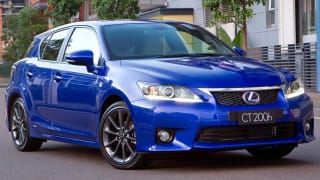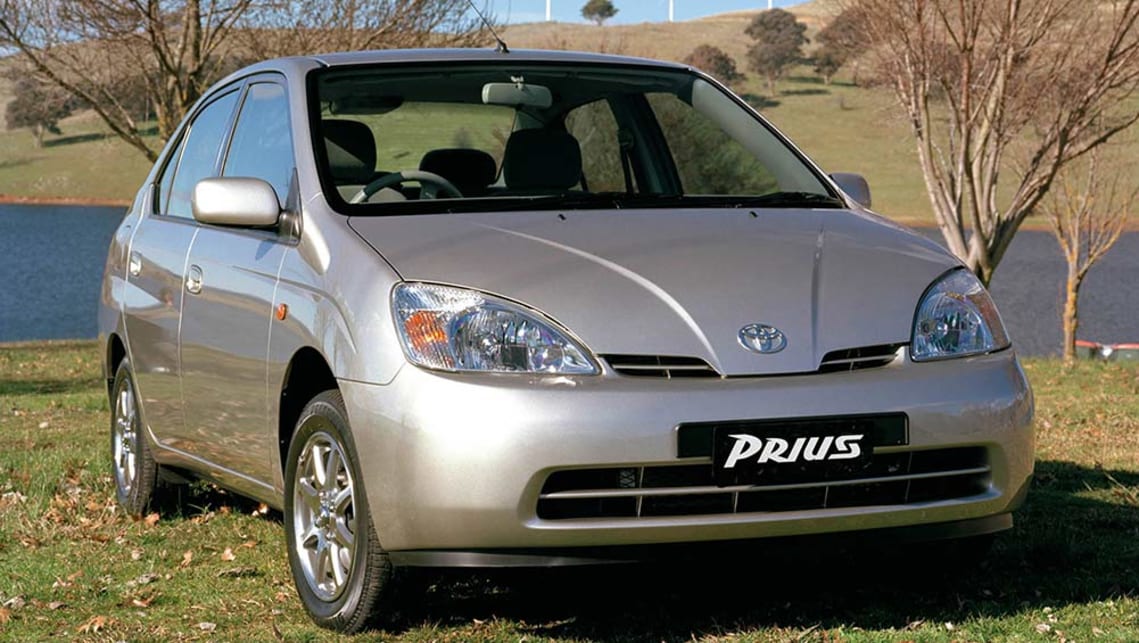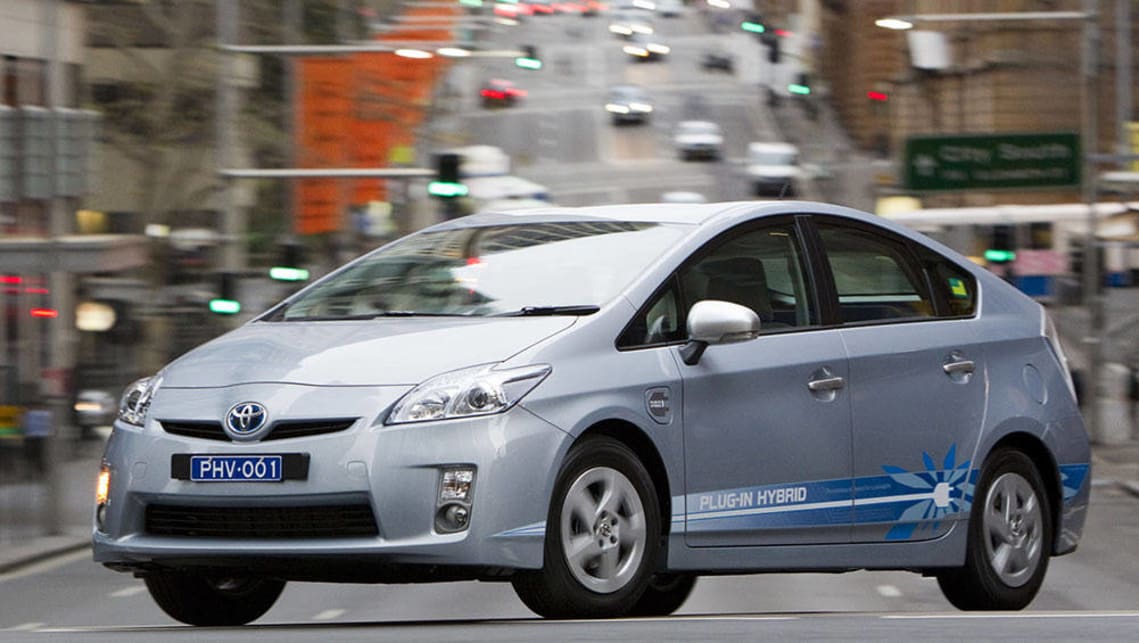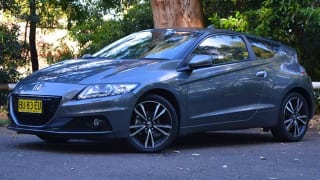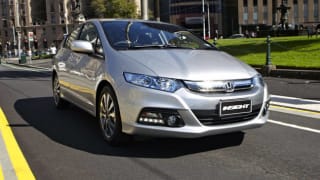Toyota Prius wasn’t the first petrol-electric hybrid to go on sale in Australia, that honour belongs to Honda with its quirky Insight two-seater.
But while Honda hybrids have come and gone over the years Toyota, and its luxury offshoot Lexus, have stuck consistently with hybrids.
However, while Toyota has improved the Prius in the 15 years it has been on sale in Australia it hasn’t made big strides as seen in other hybrids, such as recent arrivals from Honda, Mitsubishi, Audi and BMW. This is possibly a result of Toyota’s traditional slow-and-steady attitude.
It’s biggest advantage is that energy normally lost when slowing down and/or braking is harvested and put back into batteries.
The first Prius was powered by a four-cylinder 1.5-litre petrol engine which is assisted by an electric motor. This was increased to 1.8 litres with the June 2009 model change, at the same time the electric motor’s output was also upgraded.
For relatively short distances, seldom more than a few hundred metres, a Prius can run purely as an electric car. It’s biggest advantage is that energy normally lost when slowing down and/or braking is harvested and put back into batteries. That power is then used by the electric motor so energy is recovered instead of wasted as in non-hybrid cars. There’s also a saving on brake pads as they have less work to do.
Note that the Toyota Prius sold in Australia is not a plug-in electric car. All its power comes from petrol, albeit it in a more efficient manner than non-hybrid vehicles. Plug-ins are sold in other countries but Toyota feels they would be slow sellers in Australia.
Battery life will vary depending on usage and environmental factors. Toyota Australia's hybrid HV battery warranty is eight years or 160,000 km, whichever comes first. The price of a replacement battery for third and fourth generation Prius is $2318, which includes GST and fitment by a Toyota dealer. Toyota gives a discount of $500 off the purchase of a replacement unit when you return and purchase a new hybrid HV battery.
Prius performance is nothing special, though it did improve noticeably with the launch of the second generation, from January 2003. Prius gen-three arrived in June 2009 and ran until early 2016 and is probably the one to aim for. The subsequent new model is too new to be covered in this used-car report.
Though it’s styling heads in the space-age direction the Prius is a relatively conventional five-door five-seat hatchback, it has decent interior room and little boot space is lost to battery bulk.
Comfort is good, though not to the same high standard as the Toyota Corolla and Camry, both of which have been adapted to suit Australian driving conditions and driver preferences. Some rough road can really upset the Prius’ suspension. If there are any in your home area be sure to include them in your pre-purchase test drive.
Handling is fine, but not exactly inspiring from a keen driver’s point of view. Nor is it intended to be. This is a clean-air car not a sporty machine.
Quality of finish is good and Prius last well. Indeed quite a few are used as taxis in many Australian cities and it’s not unusual to see them with 300k+ kilometres on the clock. Perhaps avoid these as secondhand buys as their remaining life may be limited. Then again, if the price is right it might be worth a gamble.
Owners can do minor servicing on a Prius, but anything beyond that should be done by a trained Toyota or Lexus mechanic.
Insurance costs are about average for a car of this size, with no real signs of a loading because the Prius is something out of the ordinary. As always shop around, but make sure you’re doing accurate comparisons.
As well as the standard Prius two other models share the name. The Prius C is a small city car, Prius V is a sort of station wagon. Similar comments apply as we have made on the standard model, but we will cover the other in future used car reviews.
What to look for
Don’t even think of buying a Prius without having it inspected by a Toyota, or Lexus, technician specifically trained on hybrids.
Check for signs of taximeters having been removed. Taxi use may be indicated by worn trim, carpets, boot floor. Also look for scratches around the boot opening caused by careless loading and unloading.
Other than that carry out the routine checks for body damage, previous panel repairs and uneven tyre wear.
The petrol engine won’t start when you fire up a Prius, instead a Ready light will show on the dash and car will start off as an electric vehicle. If the engine does start up immediately either the battery is flat or it may have died.
There have been some updates to the Prius and recalls for several minor items. A Toyota dealer or the company’s head office will be able to advise the work that has been done on the car you’re considering.
Car buying tip
With enough practice you will learn to pick which cars have always been looked after, and the ones that have just received a major tidy up for resale. It’s a skill worth working on.
Have you owned a Toyota Prius? Tell us about your experience in the comments below.
